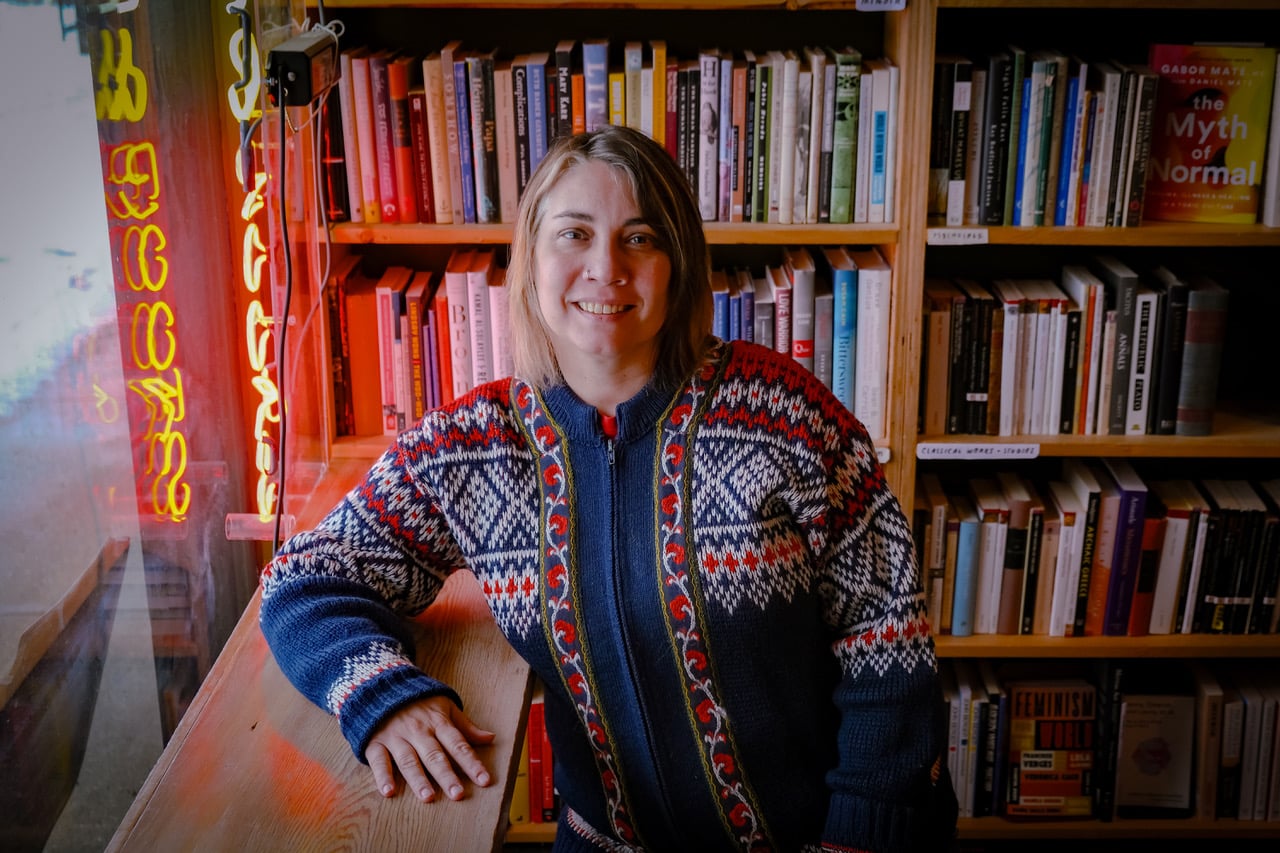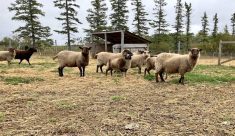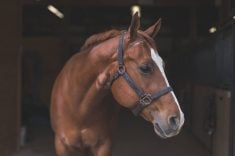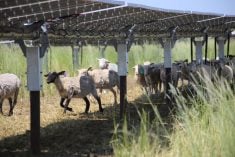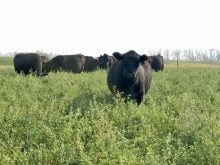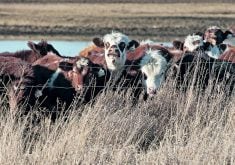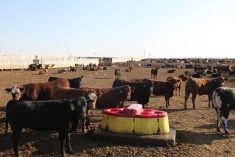If you’re buying a vehicle, you should check out the features. That includes vehicles with four wheels and four legs, says Muffy Knox, an educator from Keoma, Alta., who trains both people and horses.
Many people choose their horses based on their emotions and some buy their first horse because they are attracted to the colour, Knox told Horses 101, a seminar organized by the Horse Industry of Alberta during Edmonton’s Farm Fair.
People will also buy a horse because that animal is the first to approach them in a field. “You have to find a horse that fits what you want to do, your personality and your learning experience,” she said.
Read Also
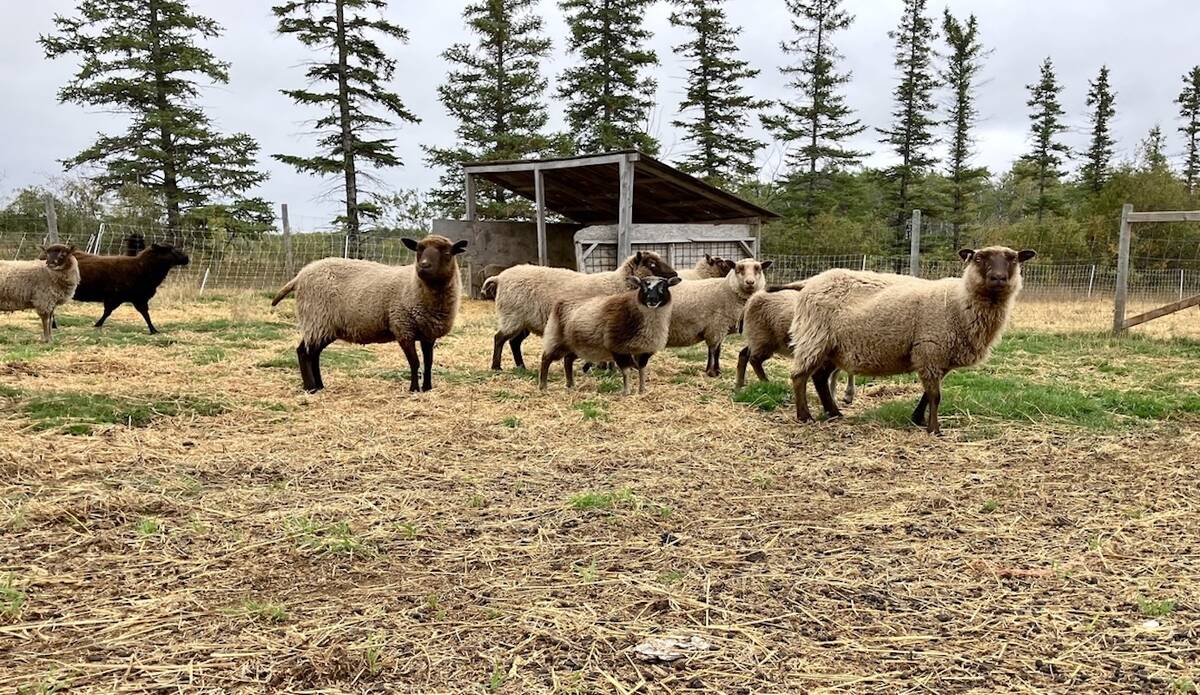
Mosquito-borne virus could be devastating to sheep breeding operations
Cache Valley virus, a mosquito-borne disease that infects small ruminants, could be a devastating hit to small operations.
Anyone who is new to the horse industry should have their horse checked by a veterinarian before they buy it.
“If you’re going to cut expenses, don’t do it with the vet check,” said Knox.
Novice buyers should also look for horses that co-operate with health care. It’s a good thing if a horse will let you take its temperature, pulse and respiration before calling a vet, she said.
To facilitate grooming, buyers should see if they can pick up all four of the horse’s hooves. “If you’re a prospective buyer, you don’t want to be the first person trying this in case the horse doesn’t know this skill. You want to make sure this can be done,” Knox said.
Horses need to be taught various skills, such as how to be led on a lead and how to be tied up. “All of these things that seem really minor can become really big problems if we think that these features automatically come with the horse,” Knox said.
Can you catch it?
One of the first things to verify is whether or not the horse can be caught. “A lot of people, when they go to buy their first horse, forget about the stuff on the ground because they’re more interested in the riding part,” she said. “But if you want to have a happy relationship with your horse, it all starts with the catching.”
Horses should stand still when they are being groomed, saddled and mounted. In a survey that she did for the Alberta government, Knox learned that more people get hurt getting on and off the horse than they do getting bucked off. “What about bridling?” asked Knox. “Will it drop its head and accept the bit? Will it keep its head down or are you wrestling with it?”
Horses should be able to stop and turn both right and left.
“I get a whole slew of people who come for help every summer because their horse only turns left,” Knox said. This can become a very dangerous thing, and prospective buyers should be aware of this in the purchase evaluation.
If a novice rider cannot deal with their horse’s issues, they might want to get some professional help and then sell the horse. Many novice riders become very attached to their first horse and continue to work with him until they are extremely frustrated or until they get hurt, said Knox. In some cases, it is better to sell that horse and start over with a plan and a new horse, she said.

